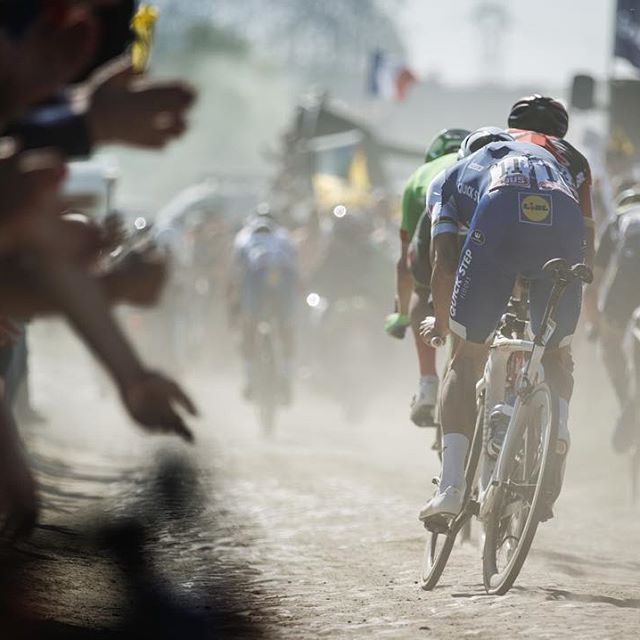The Liberty of Suffering
The bicycle has always been a symbol of Freedom. Not just for us as children, extending the boundaries of our stomping grounds by an order of magnitude, but for humans from a societal standpoint. From the first days of its invention, we have sought out its limits, delighting in the process of finding the upper boundary on how far it can take us. The Tour de France is an example of that, but so is the Transcontinental Race. I am delighted to report that we have not yet found that boundary. Nor, do I believe, have we arrived anywhere close to it. We might have to find another planet first. A bigger one.
For me, the bicycle represents freedom on many levels, several of which I am certainly not consciously aware and therefore will not discuss here. The freedom from being attached directly to the ground is the most obvious; the bicycle gives me the illusion of being free from gravity’s relentless pull. As an introvert – I believe Cycling is intrinsically appealing to introverts – it gives me the freedom to retreat into myself and regain the energy upon which I have drawn during the daily social interactions as life and my profession run their course. But mostly, it gives me the freedom to indulge in the single-minded pleasure of suffering.
In William Fotheringham’s latest masterpiece, Bernard Hinault and the Fall and Rise of French Cycling, Hinault points out that Cycling may well have involved pain, but he chose it; fundamentally it was always for du bonheur, du plaisir (for the good life, for pleasure) – if he didn’t want to hurt himself, he didn’t. And it is a simple as that: suffering for the good life, for the pleasure is a theme sewn deeply into the fabric of our sport. There are more difficult walks of life than this that we choose.
Cycling is as hard as you choose to make it, but it helps things along if the road you’re riding is batshit hard. Which why I love riding the forest roads in the North Cascades near Winthrop, Washington, not to mention the incredible scenery and solitude that these roads afford the suffering voyager.
This is a gravel haven unlike any other gravel I’ve found in my velo-centric travels; clay, granite, sand – they all have their challenges in different conditions. Winthrop boasts an arid climate in a region assumed for rain – but this area is bordering on desert, where the lands are so dry that lightning strikes routinely cause devastating wildfires. The gravel here is sand-based (a geologist might be more specific), which is different from the granite-based gravel I ride in the valleys south from there. Which is to say it barely holds together enough to keep a bicycle from breaking through the upper. During a dry year like this one, it even falls short of that mark, allowing the bicycle’s tire to cut through the surface like a blowtorch through butter, to quote our favorite Gentleman Spy.
Even the flats and modest rollers can be as much a drain mentally as physically; diving from one side of the “road” to the other in search of traction. Add a few interminable pitches of 20-30% gradient on a road surface gouged deeply by torrents of rainwater that can’t be absorbed by the land when the rains finally does come, and you have some seriously technical riding that will test the limits of your fitness as well as your capacity for suffering – not to mention your conviction of choosing a Graveur in favor of a Mountain Bike.
A humble three-hour ride covering a meager 40 kilometers and 1000 meters vertical scrapes out the inside of your lungs like Mary Poppins on a cocaine-fueled Spring Cleaning spree. I did such a ride on Saturday, leaving our small camp with shoulders burdened with the stress and worry collected during the progression of modern life, such as it is. The suffering consumed me entirely, leaving no room for any thought outside of pushing beyond the next rise, and the next one beyond that. All ancillary thought was driven out, cleansing both my spirit and mind.
Some of the stress and worry has returned, as it is wont to do. But only those which weigh heavily enough to warrant their return. The rest – the majority – has evaporated and I am left feeling light and free.
The road is where my spirit lies, but the dirt is where I find my soul; suffering is liberty. Vive la Vie Velominatus.


